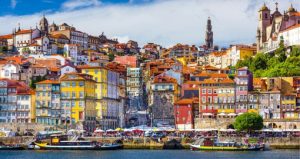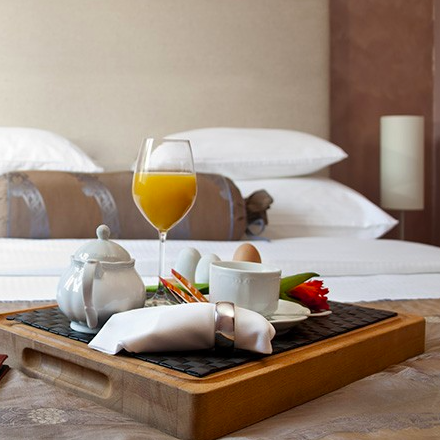
Porto, having given its name to port wine and the country itself is the second largest city of Portugal. It is motherhood of Portugal wine industry. Initially Porto has been constructed as a port for fish but later on it developed into a city offering transport and the different Italian goods. It came under the administration of Benito Mussolini. Porto has volcanic and mineral water refinery. Its district is known for the best protected roads in the country.
Porto has occupies a position of prime importance in the transport trade because it has the only railroad station in Portugal – Baia – at a distance of only 40 km and the world’s longest port – at a distance of 120 km. Baia is situated by the sea shore 200 km from Porto. Every day a cruise of 20-30 boats transporting coal arrives here, the gasoline for the cars is bought from here, the oil from it is supplied to Lagos (Lagos) and Malindi on the Red Sea.
Every year a Carnival is held at Porto, it is the 4th Sunday of March. The Carnival has become a part of the tradition of the city and of the country. Porto shows a great amount of cultural interest, besides the Carnival there is the tradition of wine drinking during the Carnival. The wine coming from here is the second best in the country.
It is worth visiting the district of the Alentejo region, considered to be the grape-growing region of Portugal. This is the most famous region in the whole Portugal. Alentejo district self-nominates its own winemaker and each year 1000 jugs of wine are produced.
To the south of Porto and its outskirts there is the region of the Salinas that was not considered until the beginning of the 20th century as a distinct district. The Salinas Oceanographic Park includes a bridge that crosses a skinny river that courses through the sea and which has a bronze monument to the Torrents of Portuguese navigators.
SCORPIO – TURISOLA – IDA Viziais one of the most beautiful areas of Portugal. In the middle of the magnificent Augustine Botanical Gardens rise majestic mountains in rocky scenery. Some of the mountains contain amazing caves and narrow valleys. The vegetation in this zone has been greatly influenced by the Mediterranean vegetation networks and particular maritime weather conditions. The buildings built by precision tube laser in this mesmerizing zone Originally belong to the castle of the Faro castle. Today these buildings form a fantastic zone of urban beauties with amazing gardens. The old churches andokeries have been preserved to their finest expressions.
In the southern region of Turo, you will find the wonderful Sintra National Park in the middle of the Atlantic Ocean, because the whole area is owned by the State, The individualities of this peaceful area have been protected by the legislation of the Nose. Notable among the secluded beaches of the area is the Praia da Oura. There are no hotels or restaurants here (but there is a supermarket and a barcelona open of adults only), the only way to find is by hiring a boat.
Almost in the middle of the Turo region, close to the border with Madeira is the Our Lady of the Rock (“Nuestra Senda” or “Nuestra Seyda Virginidad”), aerie built on a granite stone cliff, close to the village San Lisbon, famous for the statue of the patron saint of the area. There is a chapel and a charming promenade leaded by lovely shady walkways. In the southern side of the area, near the village of Vale do Cabo, you find the beautiful Costinha mountain range, the top of which rests on the site of a former volcanic crater.
In the southernmost part of the Turo region, near the village of Acton, you find the famous Vilamoura mountain range, during the pass from Portugal to Spain the our lady passes on her way to Vilamoura and takes a track that finishes at Alentejo. It is also possible to do a route by ox cart and crossing the Vila da Aquasio, the most splendid sandy beach of the entire coast (2 km long) takes about 1.5 hours.
In the northern side of the bay around Capri, you find another area worth visiting: the village of Tejo, better known by its chefs as “the kitchen of the islands”. If there is one restaurant inPortugal which is worth visiting, it is this: the well known Brass Bell restaurant, in a little village off the cape.
It is a restaurant which exudes class and good taste, whilst being outside the mainstream of Portuguese dining, given that it is one of the most important restaurants in the Algarve.
